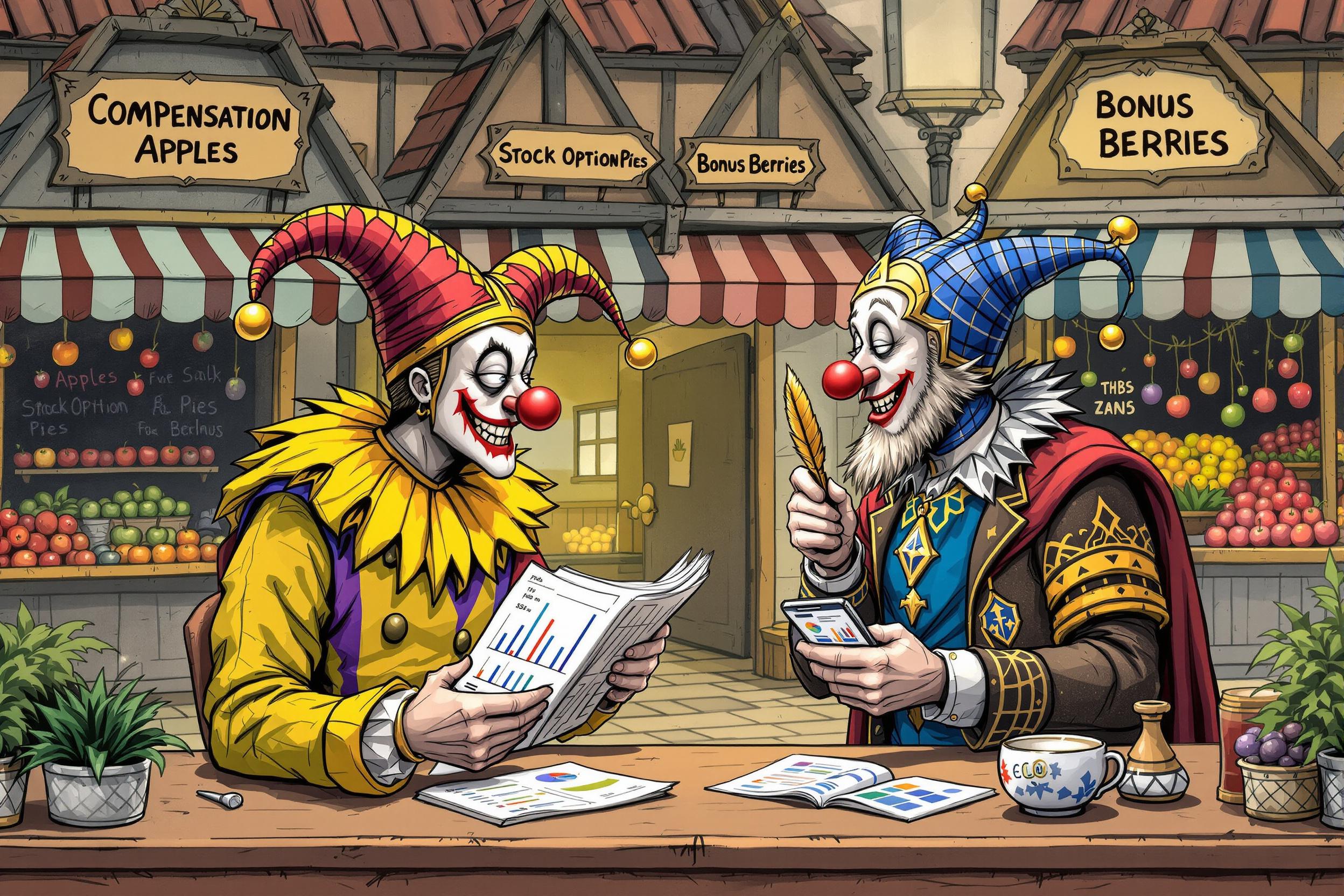
Art Insurance
Art Insurance is a specialized form of coverage that protects valuable artworks, collections, and cultural objects. When mentioned in resumes, it typically refers to experience with managing, arranging, or working with insurance policies for art pieces. This can include coverage during storage, transport, exhibition, or sale. Similar terms include "fine art insurance," "collectibles insurance," or "cultural property insurance." Art Insurance is a crucial aspect of art dealing, gallery management, and museum operations, as it helps protect high-value items against damage, theft, or loss.
Examples in Resumes
Managed Art Insurance policies for gallery collection valued at $5M
Coordinated Fine Art Insurance coverage for international exhibitions
Developed Art Insurance risk assessment protocols for private collections
Typical job title: "Art Insurance Specialists"
Also try searching for:
Where to Find Art Insurance Specialists
Professional Organizations
Industry Networks
Example Interview Questions
Senior Level Questions
Q: How do you determine the appropriate insurance coverage for a diverse art collection?
Expected Answer: Should explain process of artwork valuation, risk assessment, considering factors like location, security, transport needs, and market value fluctuations. Should mention experience with large collections and complex policy structures.
Q: Describe your experience handling an art insurance claim.
Expected Answer: Should demonstrate knowledge of claim procedures, documentation requirements, working with adjusters, and how to navigate the resolution process while maintaining client relationships.
Mid Level Questions
Q: What factors do you consider when arranging insurance for an art exhibition?
Expected Answer: Should discuss transportation risks, venue security, environmental controls, handling procedures, and temporary coverage needs. Should mention experience with loan agreements and facility reports.
Q: How do you stay updated on art market values and their impact on insurance needs?
Expected Answer: Should mention following auction results, market reports, working with appraisers, and understanding how value changes affect coverage requirements.
Junior Level Questions
Q: What are the basic components of an art insurance policy?
Expected Answer: Should be able to explain coverage types, deductibles, exclusions, and basic terms found in standard art insurance policies.
Q: What documentation is typically required for insuring an artwork?
Expected Answer: Should mention provenance documents, condition reports, professional appraisals, photographs, and security information.
Experience Level Indicators
Junior (0-2 years)
- Basic understanding of insurance policies
- Art handling documentation
- Collection inventory management
- Basic risk assessment
Mid (2-5 years)
- Policy negotiation and management
- Claims processing
- Exhibition insurance coordination
- Value assessment coordination
Senior (5+ years)
- Complex policy structure development
- High-value collection management
- Risk management strategy
- International shipping insurance
Red Flags to Watch For
- No knowledge of art market basics
- Lack of experience with collection documentation
- Unfamiliarity with insurance policy terms
- No understanding of art handling procedures
- Limited knowledge of art valuation processes
Related Terms
Need more hiring wisdom? Check these out...

Unlocking Team Potential: Personality Mapping for Dynamic Management

The Hidden Art of Salary Negotiation: How to Win Hearts Without Going Broke

From Ghost Town to Talent Hub: Transforming Your Careers Blog into a Talent Magnet

